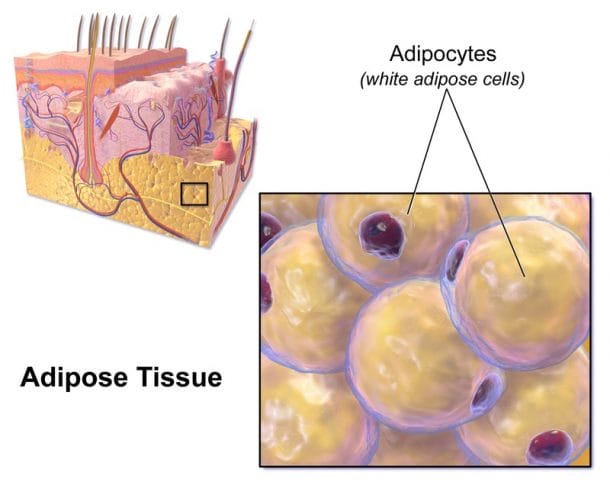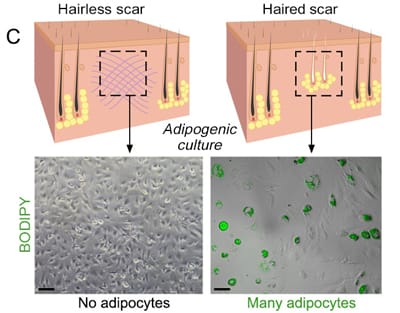Owing to the developments in medical sciences, treating wounds is no longer a hassle. However, waning away the scars still comes up as a huge problem. Recently, the doctors have claimed to have come up with a breakthrough that can manipulate scar tissues and regenerate your skin as good as new.
The collaborative research at the Perelman School of Medicine, University of Pennsylvania and the Plikus Laboratory for Developmental and Regenerative Biology at the University of California, Irvine led to the achievement of these results. The research took many years of struggle and commitment. It has finally been published on Thursday, January 5th, 2017, in the journal Science.

The latest healing process involves usage of myofibroblasts found in wounds and converting them into fat cells. Myofibroblasts are the most common cells in any wound and play a crucial role in healing wounds by forming scar tissues. Previously, this conversion was deemed impossible, which is the reason why this research is termed as a breakthrough.
Fat cells, also known as adipocytes, are found in skin but are lost when scar tissue is formed over a wound. Another reason of a scar tissue appearing different from the healthy skin is the lack of hair follicles on it. Researchers also noted this difference and incorporated this feature in their research which helped in making the scarred skin look incredibly healthy.

George Cotsarelis, the principal investigator of the project and chair of the Department of Dermatology and the Milton Bixler Hartzell Professor of Dermatology at Penn, said,
“Essentially, we can manipulate wound healing so that it leads to skin regeneration rather than scarring. The secret is to regenerate hair follicles first. After that, the fat will regenerate in response to the signals from those follicles.”
The technique helps in creating the hair follicles first by manipulating Bone Morphogenetic Protein (BMP), which is a signal responsible for the hair growth. This manipulation results in the activity of myofibroblasts which convert them into fat cells with hair follicles.
“Typically, myofibroblasts were thought to be incapable of becoming a different type of cell,” Cotsarelis said. “But our work shows we have the ability to influence these cells, and that they can be efficiently and stably converted into adipocytes.”
The process has been adapted for mice. Moreover, human keloid cells were grown in culture.

Study’s lead author Maksim Plikus, Ph.D., who is an assistant professor of Developmental and Cell Biology at the University of California, Irvine said,
“The findings show we have a window of opportunity after wounding to influence the tissue to regenerate rather than scar.”
The research was part of Plikus’ post-doctorate degree at the Cotsarelis Laboratory at Penn. The findings can have far-reaching applications, from helping HIV-related conditions to decreasing the process of aging, both of which result in a reduction of adipocytes levels.
We would like to know your thoughts on this medical breakthrough. Comment below!


